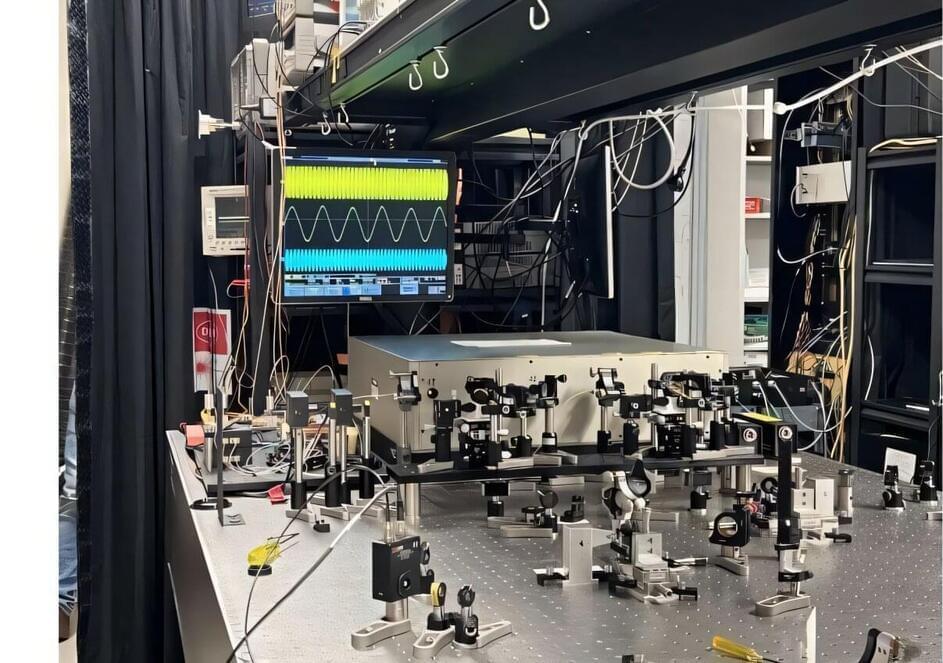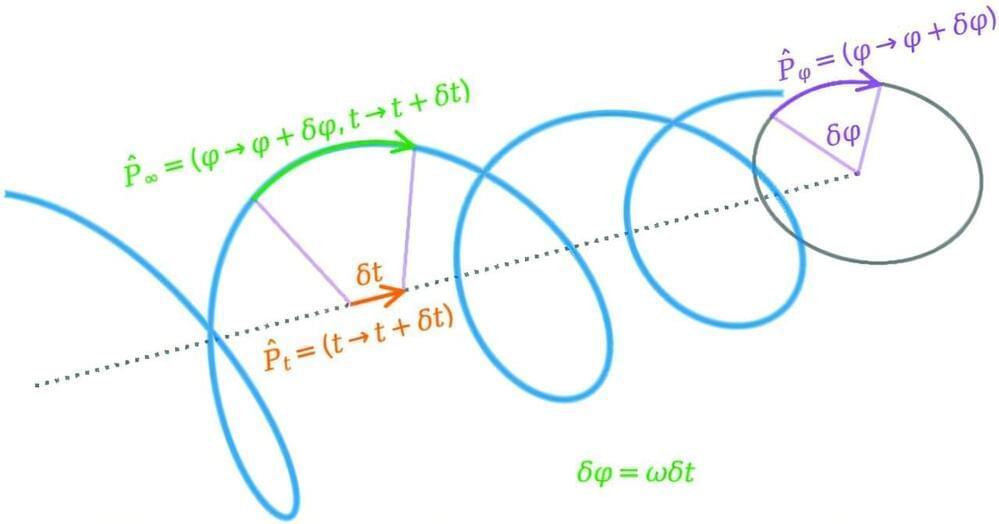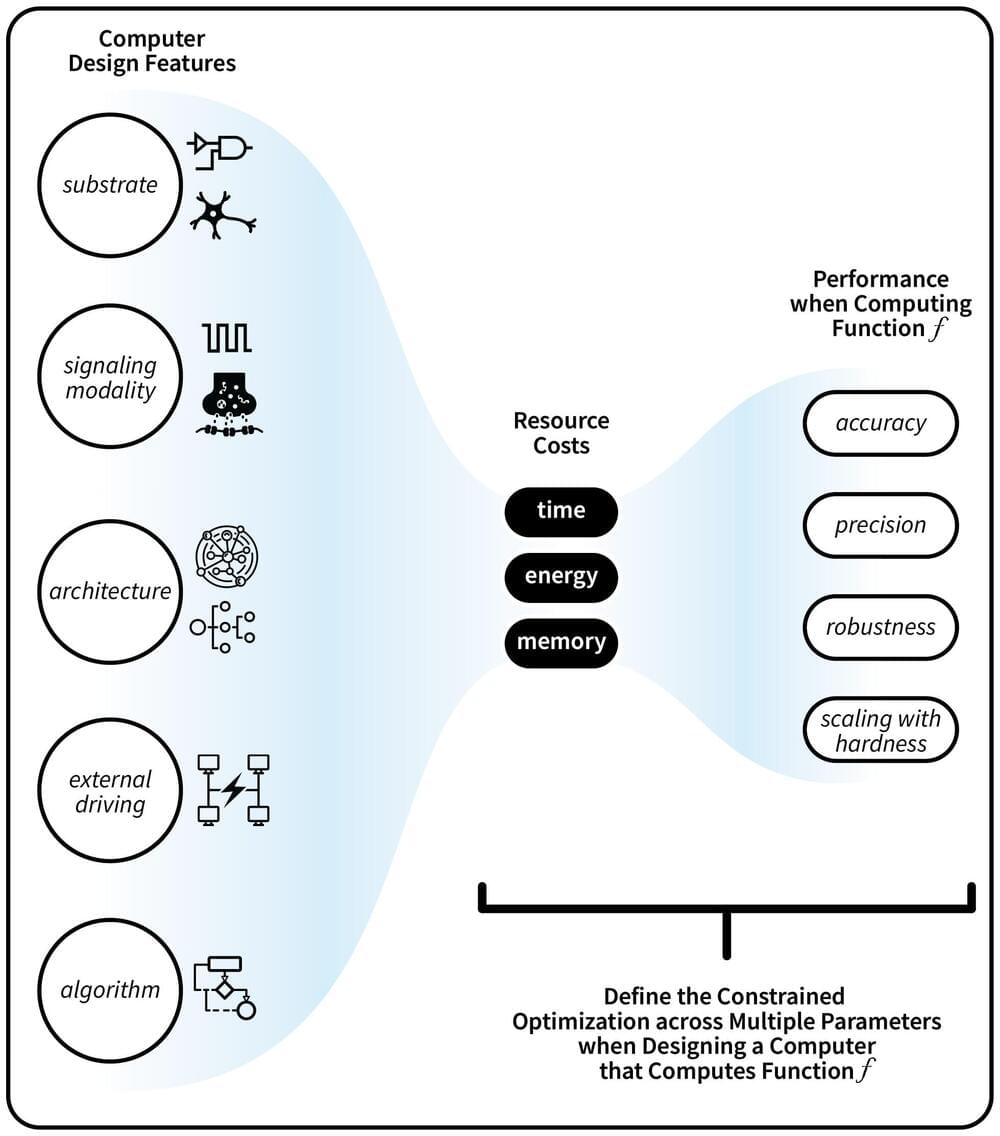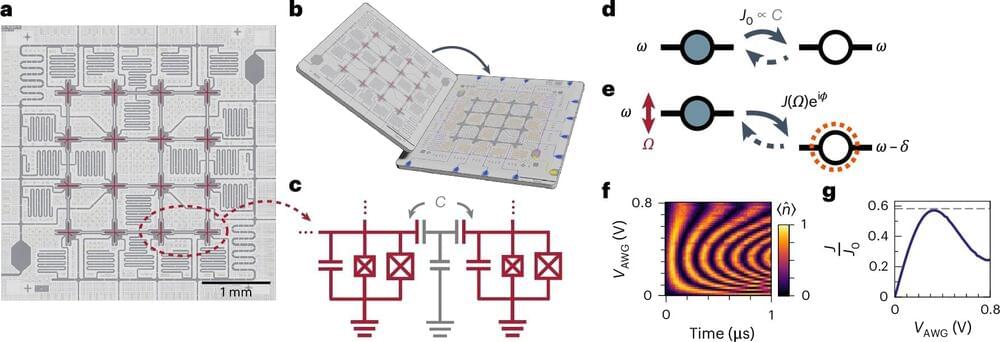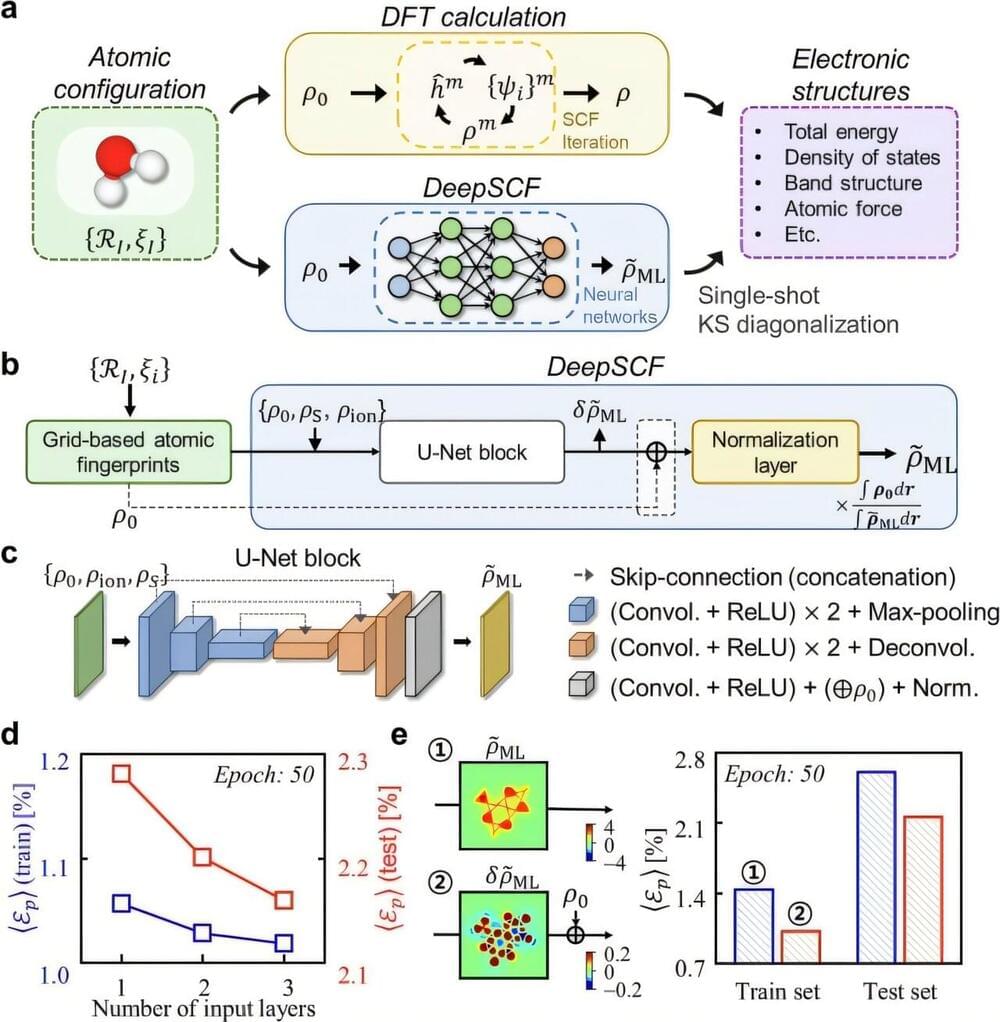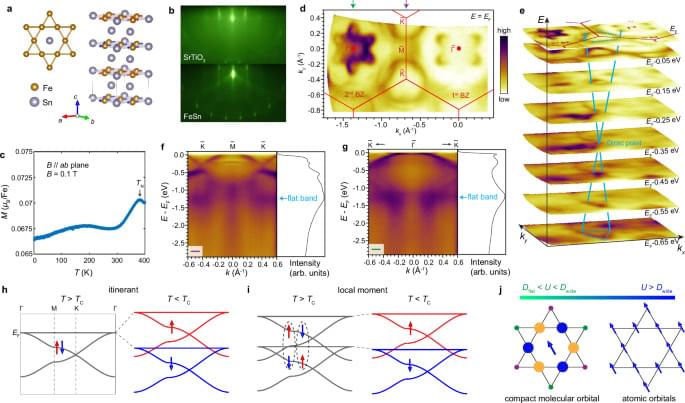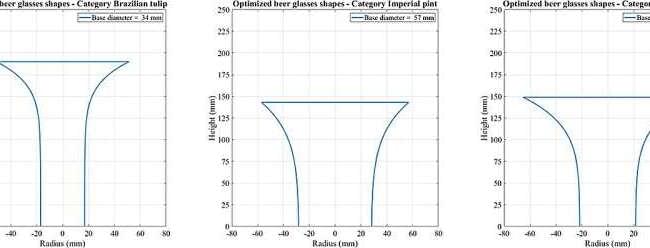Australia has served up a Secure Innovation Placemat [PDF].
The wide variance in the documents is by design: each Five Eyes nation chose its own approach, although the campaign is a coordinated effort that is billed as “consistent and consolidated advice reflecting both the globalized and interconnected tech startup ecosystem as well as the global nature of the security threats startups face.” And everybody uses placemats.
Whether this advice will break through the “move fast and break things” culture that many startups nurture is anyone’s guess. The Register has reported on security and resilience troubles in the early years at Uber and Lyft, GitLab, and at OpenAI.

